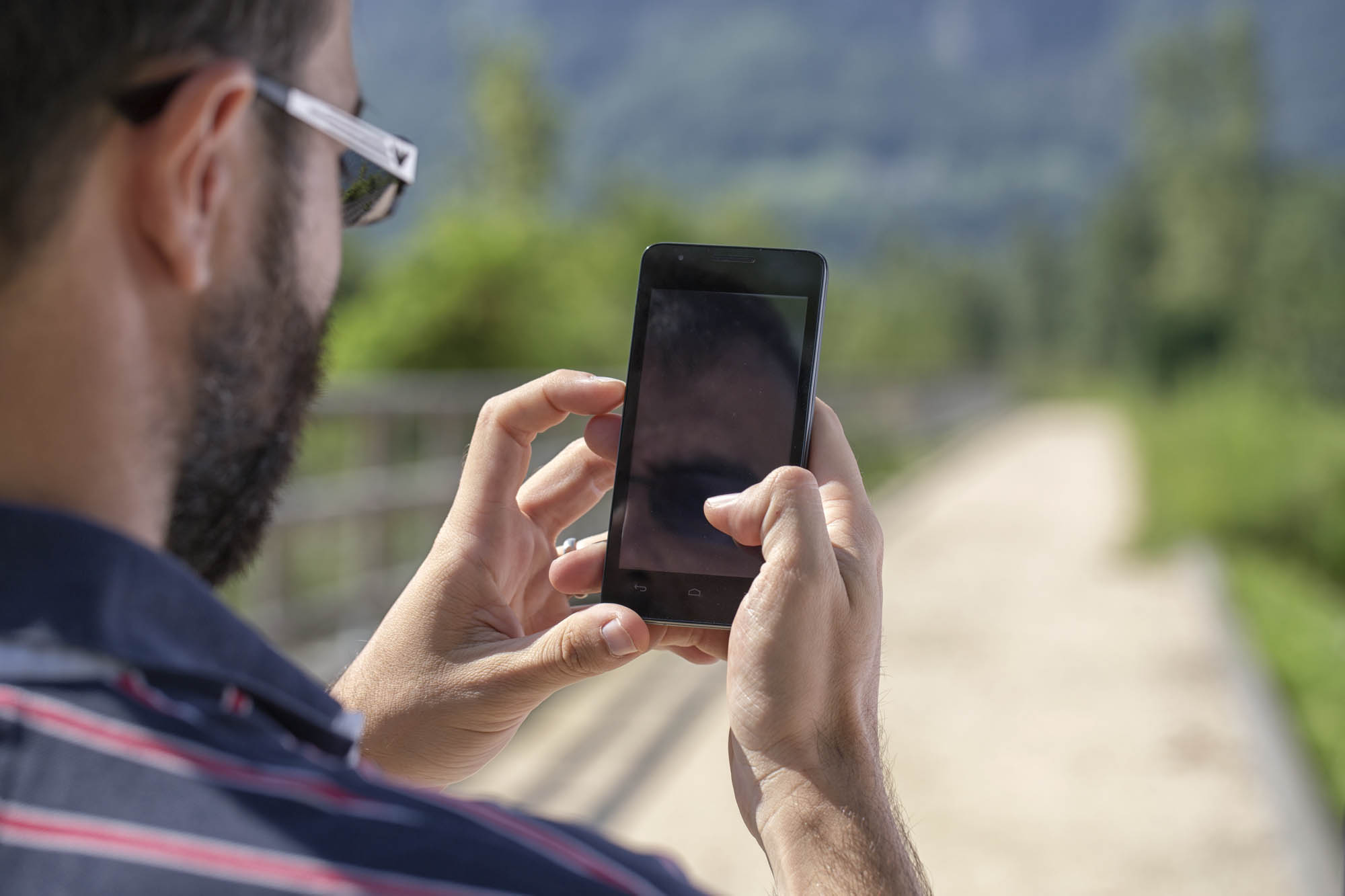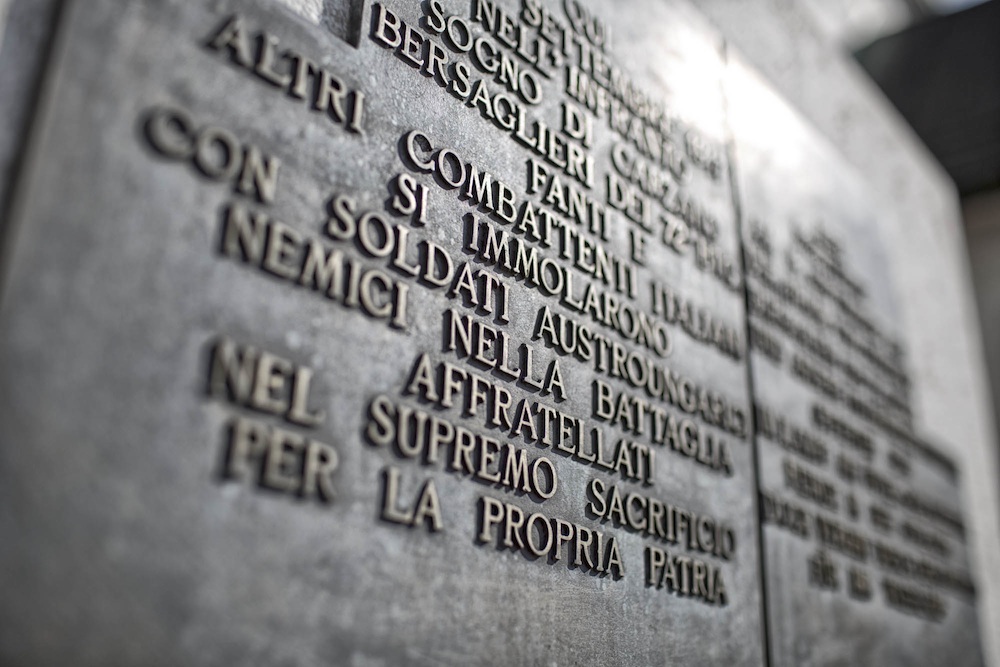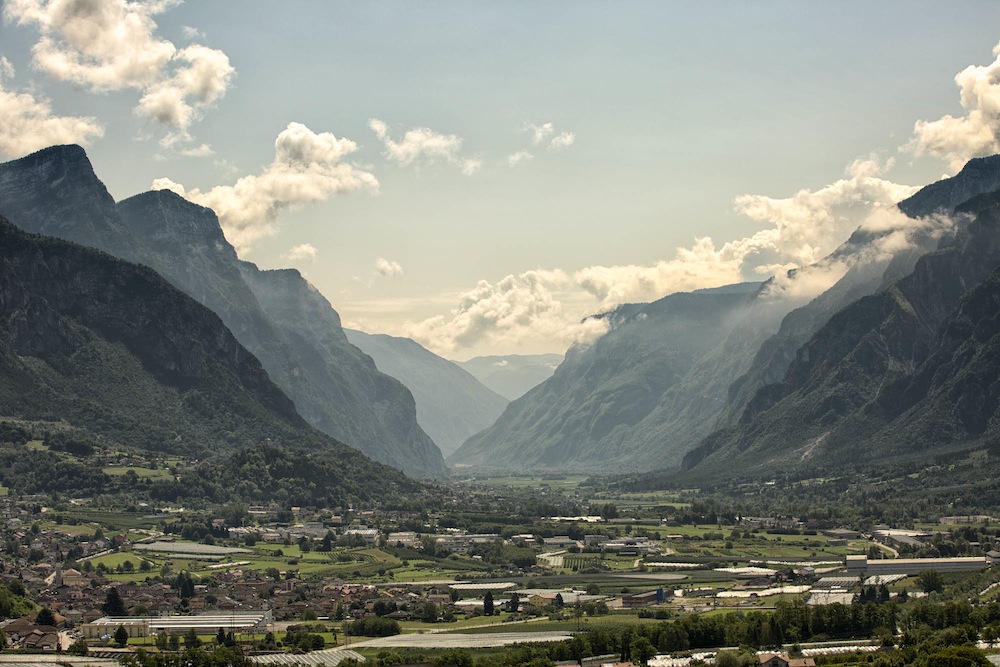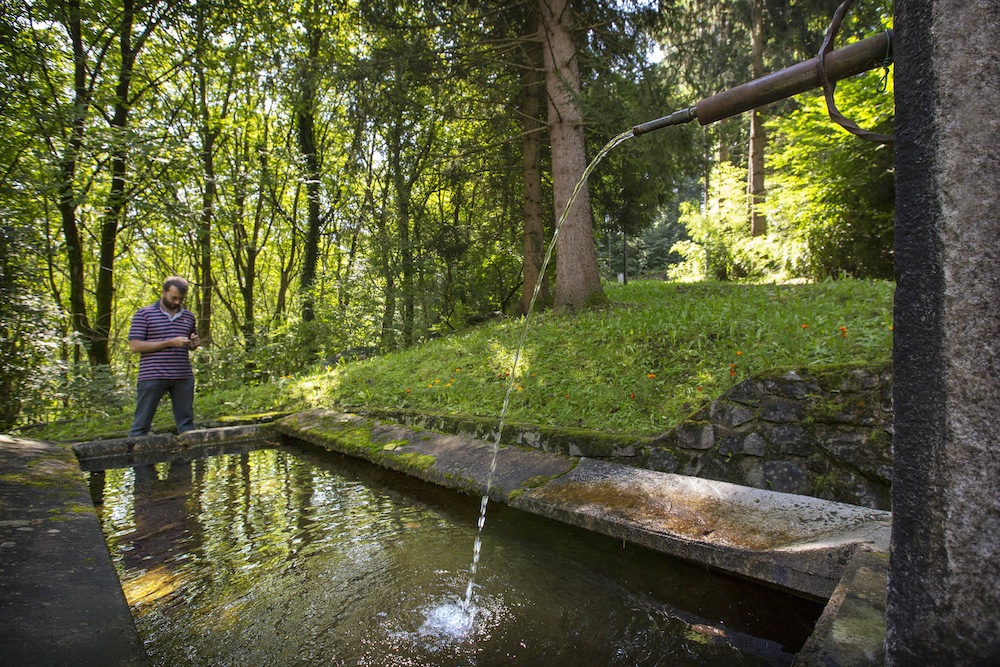CULTWAyS: cultural routes right on your smartphone
An experimental app connects Italy, Germany, and Spain.
The so called «Sogno di Carzano» (Carzano’s dream) was one of the most important military operations of the Fall of 1917 that could have changed the outcome of the First World War. Since then, the name of the small village of Carzano in the Eastern part of Valsugana has always been associated to what could have become the antithesis of the Battle of Caporetto. Many locations of the area went down in history because of this event, like brook Maso, which marked the line separating the Austrian and Italian trenches, the «riflemen outpost», and Villa Pavlinka, the secret barrack build under the town hall of Carzano.
The people who today pay a visit to the places where 800 Italian bersaglieri (riflemen of the Italian army) sacrificed their lives will soon have the possibility to discover these locations further, thanks to an app developed by the students of the Alcide Degasperi High School of Borgo valsugana. This mobile application is part of the «Cultways» European project, which involves different historical-cultural routes in Italy, Germany, France, and Spain.


Cultways; cultural tourism on smartphone and tablet
Cultways stands for «CULtural Tourism WAys through mobile Applications and Services», a European project coordinated by Trentino Sviluppo. The kick-off meeting of the project took place in Copenhagen in December 2011 and its first results were presented in Rovereto two years later, in December 2013.
The Cultways project focused on two main routes: the
Way of St. James
, the most important cultural route in Europe, and the Via Claudia Augusta, a route followed by people of different languages and culture in order to move between Italy, Austria, and Germany. Nevertheless, it is worth noticing that the application may be adapted and used for every cultural route in Europe.
The main goal of the project is to devise an experimental mobile app that can provide users with specific and customized information according to their location:
travel tips, virtual guides, tourist itineraries, wine and food routes, but also cultural events like exhibitions, museums, and shows.
The project was divided in different stages. In the initial stage, the partners carried out
an analysis of the market and a mapping activity of the services currently available at European level. This first stage was followed by a thorough analysis of the territory and the resources that had to be promoted. This operation was made possible by the collaboration of local entities and tourist and cultural actors involved in the project. Then, during the third stage of the project, the companies that had to develop the demo app were selected through a specific call for tender. At the current stage, the project led to the release of a non commercial app available for Android devices.
Cultural routes; an opportunity for local companies
On behalf of the European Commission, the DG Enterprise and Industry approved a total budget of 667,000 euros for the Cultways pilot project, covering 75% of its costs (almost 500,000 euros). In Trentino, the project received a total investment of 150,000 euros.
Trentino Sviluppo was charged with the coordination of the project, which saw the participation of four partners: Innova S.p.a. in Rome, bavARia e.V. in Gilching (Germany), Encadre-Cica (International Center for Advanced Communication) in Sophia Antipolis (France) and Fundación Tecnología Social in Madrid (Spain).
The expected
advantages and
local outcomes of the project are many, showing the potential of mobile technology in the field of tourism besides highlighting its adaptability. The project provides a
boost to growing industries by introducing an innovative concept of mobility and by offering the possibility to
establish a brand-new service sector.
The final users of the mobile app are tourists interested in cultural heritage, open-air activities, and sustainable tourism. Besides, multiple benefits can be reaped also by museums, hotels, restaurants, tourist boards, retailers, travel agencies, local craft trades and companies that provide services linked to industries such as tourism, information, security, wellness, and food and drink.


From open data to crowd sourcing
The experimental activity carried out on the territory of Valsugana and linked to the Via Claudia Augusta paved the way for a technical and technological discussion related not only to the management of data coming from different countries and coded by using different technological standards, but related also to the use of open data, crowd sourcing, and programming interfaces.
During the first stages of the discussion, another important question addressed was the issue of
tourist accessibility, a genuine indicator of the tourist offer quality that isn’t only linked to the removal of architectural barriers but also to the availability and access of digital information to a wide range of users.
Future developments
The working group of Trentino Sviluppo has already got in touch with the directors of the European Group of Economic Interest managing the Via Claudia Augusta in order to promote the follow-up of this route and highlight the importance of its cultural and historical treasures.
Furthermore, contacts were made with the
European Institute for Cultural Routes in order to evaluate a possible application of the demo in other contexts.